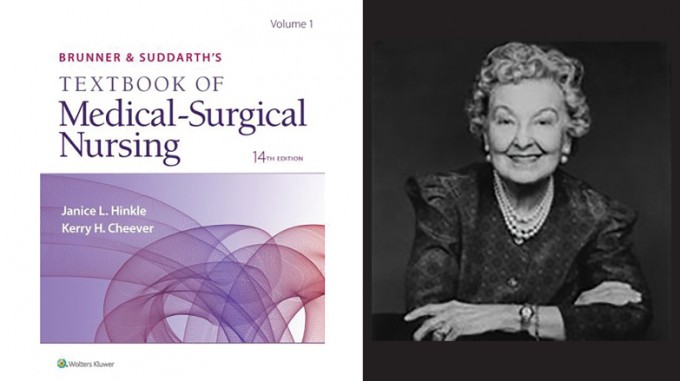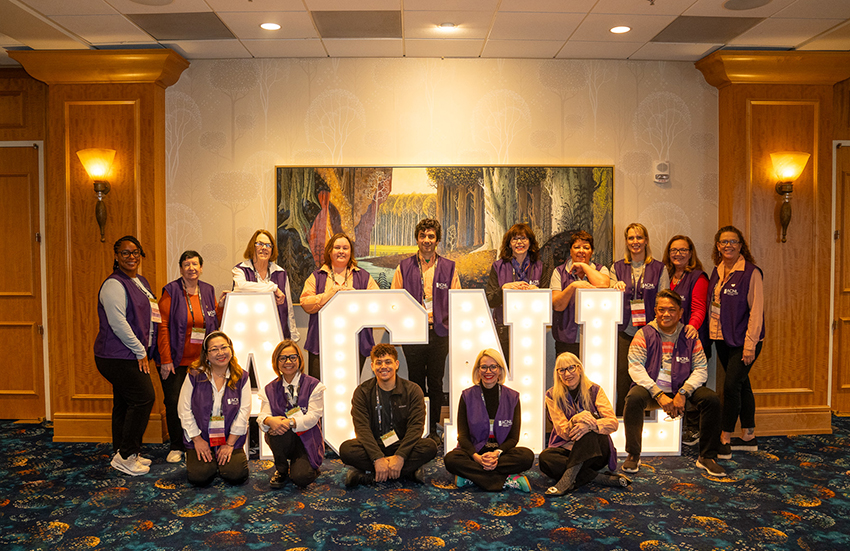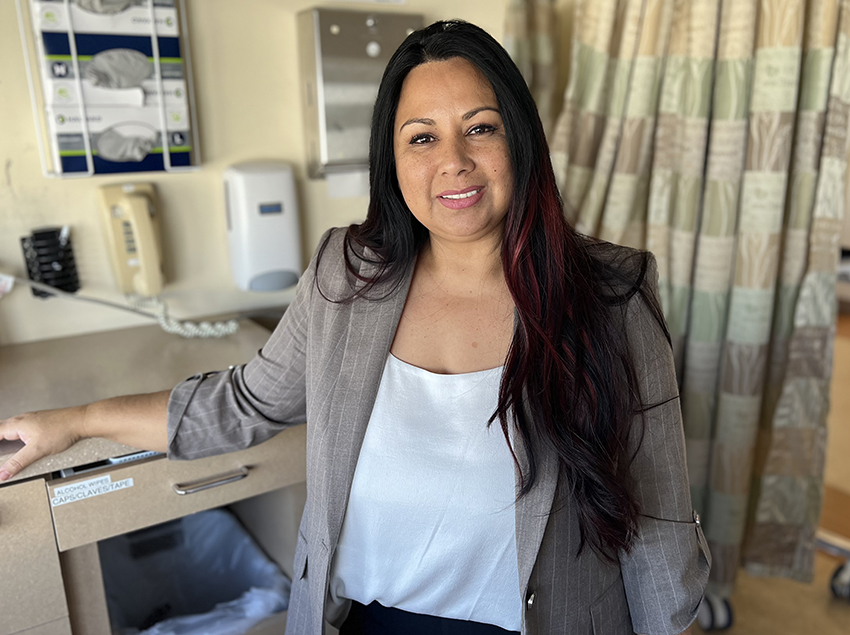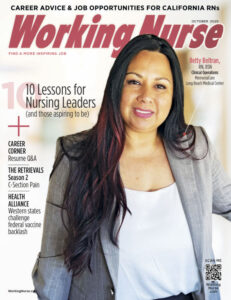Profiles In Nursing
Lillian Brunner (1918-2016), Author of the “Brunner Bible” Textbook
Nursing students remember their Brunner Bible

Do you remember your “Brunner Bible”?
Perhaps you still reflect fondly on its value as a sleep aid or as part of your strength-training regimen. Maybe you still refer back to this essential textbook for detailed information about disease processes — or maybe you’re using the current edition in school.
However they may loom in your mind, there have been few volumes more important to modern nursing education than the textbooks written by the late Lillian Sholtis Brunner and Doris Smith Suddarth, including their pivotal Textbook of Medical-Surgical Nursing.
Means to an End
Although many of us feel called to nursing from an early age, Lillian Sholtis later declared, “Never did I want to be a nurse, for the thought of it repelled me.” She changed her mind for a strictly pragmatic reason: She needed money for school to pursue her real interest, teaching math and chemistry.
When she enrolled in the School of Nursing at the Hospital of the University of Pennsylvania in 1937, training for nurses was still usually divided into separate medical, surgical and obstetrical tracks. The National League for Nursing Education had recommended combining the medical and surgical tracks back in 1930, but that transition wouldn’t be completed for many years. Her initial education was as a surgical nurse, and Sholtis spent the early years of her practice working in the OR of the hospital where she trained.
However, she did not forget her love for teaching. While pursuing her BSN and MSN, she taught at the University of Pennsylvania School of Nursing and later at Yale University.










